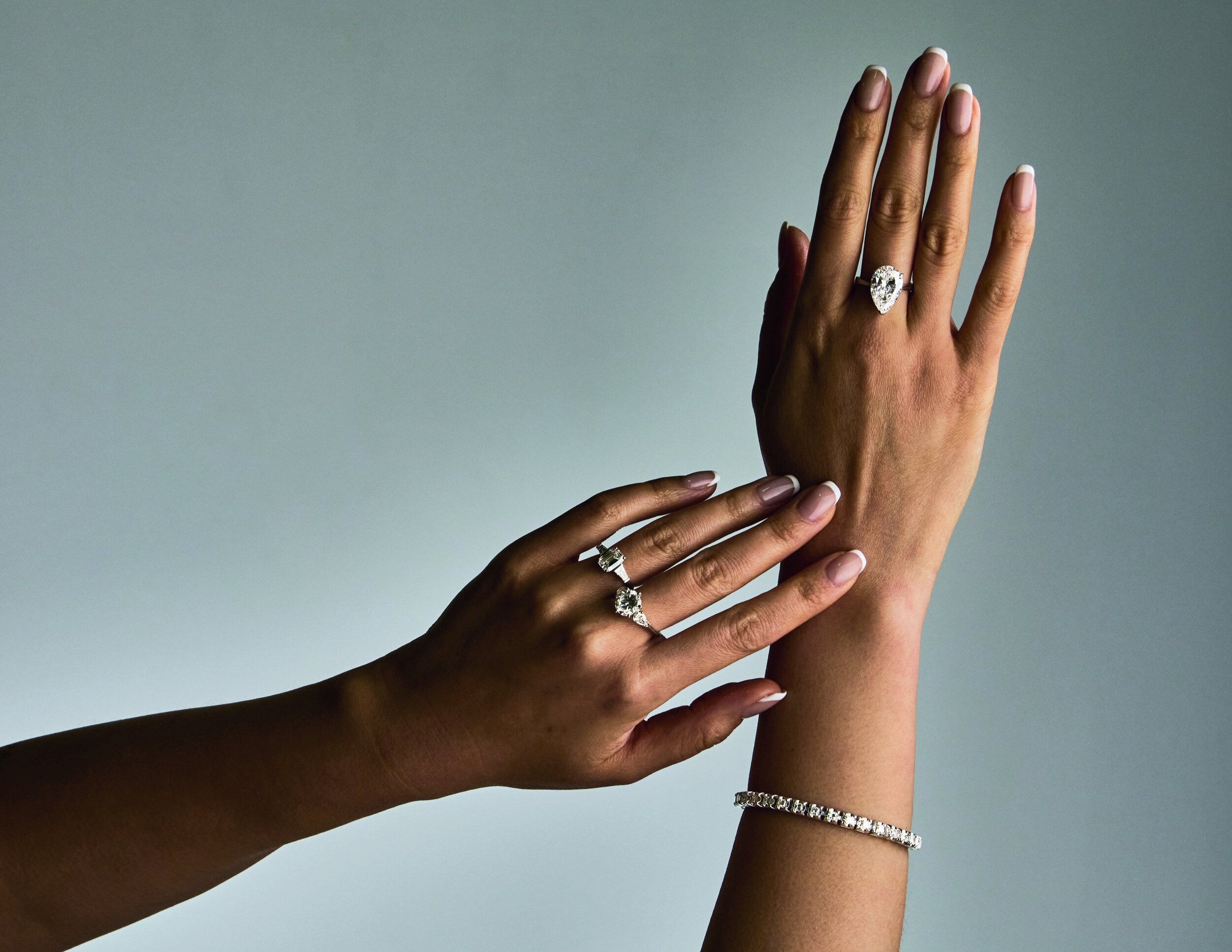Under the Hammer—A guide to caring for your jewellery
Welcome to 'Under the Hammer' by Webb’s—an educational series that offers a deep dive into the captivating world of auctions. From art market insights to the rarest vehicles and most coveted handbags, we guide you through every facet of the auction world, sharing expert knowledge from New Zealand’s leading auction house.
Under the Hammer presents — A guide to caring for your jewellery
At Webb's we are privileged to work with incredible examples of fine and important jewellery — from contemporary examples from leading jewellery houses, to rare vintage pieces. To preserve the beauty of the fine jewellery you purchase through us, it is important to understand the individual needs of each element. Maintaining your pieces regularly won’t just keep them looking good today, but will ensure they shine on for a lifetime and beyond.
Understanding gem hardness and what it means
The hardness of a gem is based on a gem trade standard called the Mohs scale, developed in the 19th century. The scale rates the hardness of a material out of 10, so a material with a higher number can be abrasive to one with a lower number.
Diamonds are rated the highest at 10; rubies and sapphires are 9; emeralds and topaz are 8; garnets, tourmaline e and quartz are 7. Those rates below 7, including opal, turquoise, lapis lazuli, coral and pearl, can be easily scratched, so extra care is need with jewellery that features these gems. Gold, silver and platinum metals are rated between 2.4 and 4.
Some simple and easy steps for maintaining your jewellery
- Never allow jewellery to come into contact with chlorine bleach as it can pit gold alloys and tarnish silver severely.
- Avoid wearing your jewellery when showering or cleaning as gold jewellery will develop a soapy film, which will dull its appearance. Be sure to remove all jewellery (especially rings) before tackling any cleaning or gardening around the house.
- Never expose your gem pieces to salt water or harsh chemicals as these will dull and erode them.
- Avoid wearing jewellery while playing sports, as this can cause snagging or breakage. Protect your pieces from hard blows and very hot or cold temperatures.
- Never rub gold or silver with anything but a polishing cloth or soft piece of felt.
- Clean your diamonds with a mild detergent and a soft brush, or with a specialist cleaning product, which should be available from your jeweller.
- Store your jewellery in a roll bag while travelling, this will prevent tangling and knocking.
A care guide to pearls
Pearl is ranked 2.5 on the Mohs hardness scale, which means it's very soft and easily scratched or abraded. Pearls are also often strung on equally fragile threads such as silk. For this reason, extra love and care is needed to keep these delicate pieces safe.
- Never clean pearls with harsh or abrasive chemicals which will scratch and damage their surface
- Avoid allowing pearls to regularly come into contact with perfumes, hairspray or cosmetics. After each wear, wipe your pearls with a soft cloth to help prevent any buildup of substances that may have come into contact with your jewellery throughout the day.
- Have your jeweller re-string your pearls once a year, as the strand can be stretched with time and/or exposure to chemicals. Ask for the string to be knotted between each pearl; this will prevent the loss of pearls should the string break.
- Wrap your pearls in tissue paper or keep in a soft cloth bag when storing. Keep them in a box away from other jewellery so they cannot be scratched by harder pieces.
- Wear your pearls often! Pearls do best in a moist environment so wearing them frequently keeps them from drying out.
View all articles & videos here










